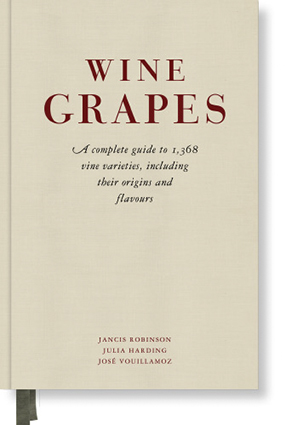Then face it—you are going to need a very specialized tool. The mighty corkscrew—first patented in 1795.
Some like the classic waiter's corkscrew—inexpensive and effective. But if you're willing to spend a bit more, you can get yourself a more efficient barware tool. Possibly even a new prized possession for your silverware drawer or wine cellar.
Here are our choices for the best gadgets to get the job done. Choose your weapon!
Slickest
Metrokane V.I.P. Rabbit ($100)
Sure it looks a bit like the Playboy bunny logo, but if you're looking for style and efficiency, this corkscrew is your best bet. Slick design and fluid lever action means you're lined up and done fast. And the cork comes out super easily, which is half the battle, right?
 Lightest
Lightest
Cork Pops Cork Popper Legacy ($35)
No muscle required. Just insert this baby's needle into the cork. The air pressure gently pumps until you hear makes a satisfying pop like champagne. The unique design makes your work lighter—but be sure to get some refill cartridges if you plan to use this tool frequently.
 Most Illuminating
Most Illuminating
Electric Blue Push-Button Corkscrew ($30)
This rechargeable electric gadget takes on all the work while you press a button. It has a stainless steel body and a handy clear window that lights up as the cork is extracted and released. No batteries required—it's rechargable. And you'll get a kick out of the blue light glowing inside the action chamber.



